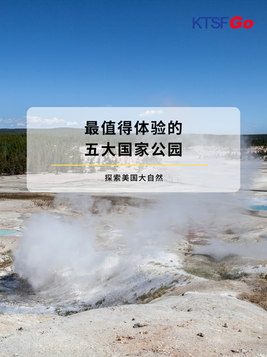What Are AP Courses, and Why Are They Crucial for College Applications?
- xyang960
- 1 day ago
- 2 min read
In the increasingly competitive U.S. college admissions landscape, the “weight” of courses is now a key metric for admissions officers. For many high school students aiming for top schools, AP (Advanced Placement) is not just a way to challenge themselves academically — it’s an important way to demonstrate their identity, broaden their horizons, and stand out.
1. What are AP courses?
AP stands for Advanced Placement, a program administered by the College Board, offering college‑level coursework to high school students.
Purpose: To allow high school students to engage with college‑level material and prepare for university transition.
Course variety: AP courses cover mathematics, science, humanities, arts, languages and more — there have been around 40+ courses offered.
Exam & scoring: The AP exams are held each May globally, scored on a 1‑5 scale. Many universities grant credit or placement for scores of 3 or above.
2. Four major benefits of AP courses
1. Boosting college application competitiveness
Top U.S. universities look at whether a student took AP courses, which AP courses, and how they scored. Taking AP shows you challenge yourself academically — a key signal to admissions officers.
2. Earning college credit and saving time/money
Many colleges allow AP scores to substitute introductory or general‑education courses, which can save semesters of study or thousands of dollars in tuition.
3. Getting accustomed to college‑level study
AP coursework is deeper and more rigorous than standard high school classes — for example AP Chemistry, AP Calculus BC — helping students develop critical thinking, writing, experiment/analysis skills ahead of university.
4. Exploring your academic or professional interests
With AP offerings in fields like psychology, computer science, environmental science, art history and world languages, students can discover their passions and better choose their future majors.

3. 2025 AP reforms: Added courses & enhanced value
In 2025, the College Board introduced new courses that broaden the AP program’s scope, including more career‑skill oriented offerings.
Career‑oriented new courses (will open in 2026 Fall):
AP Cybersecurity (network security)
AP Business Principles and Personal Finance
These additions reflect a shift from purely academic rigor toward combining “academic + practical skills,” making AP more aligned with engineering, business, data science and public health fields.
4. Frequently Asked Questions (FAQ)
Q1: How do AP, IB, Honors, and Dual Enrollment compare?
AP: Flexible, highly recognized in the U.S.
IB (International Baccalaureate): Emphasises interdisciplinary writing & inquiry, heavier workload.
Honors: Higher‑level high school courses, but not always university‑level.
Dual Enrollment: University‑level college credits taken while in high school, but university credit acceptance varies.
Q2: How many AP courses should I take?
It’s not simply “the more the better.” Applicants to Ivy League schools typically take 8‑12 AP courses, but what matters more is choosing appropriately challenging courses aligned with your interests and academic strengths.
AP courses are not only an academic proving ground but also an indispensable feature in college applications. With the 2025 enhancements, AP’s meaning has deepened — it’s not just “college prep,” it’s a rehearsal for future thinking and holistic capability.
If you’re currently planning your course load, preparing for college or mapping out your academic trajectory, consider how AP courses can align with your long‑term goals and serve as a meaningful springboard to your future.

















Comments